Baron Haussmann was born on March 27, 1809 in Paris, France. Napoleon III selected him to build new parks, boulevards and buildings for the city. Haussmann was forced out for extravagance (!), but his planning created the City of Lights we all love. In his honor I am reprinting the post I wrote after we visited Xi’an, China. – Jadi

This week’s post is about one of the more remarkable roads I’ve ever strolled. The street is in Xi’an, home of one of the world’s best preserved, still-intact, walled cities. We’re big fans of places listed on the UNESCO World Heritage Site, and Xi’an is on Chinese and international lists as a cultural treasure.


It’s an old capital city located at the end of the Silk Road. The rampart walls were built in the 14th century by Emperor Zhu Yuanzhang as part of his military defenses and enclose 8.7 square miles, or roughly 14 square kilometers. [1]

The walls were made first with tamped earth and ‘with the base layer including also lime and glutinous rice extract’. [2] A century later they were reinforced with blue bricks. The original walls used to include a moat and drawbridges. These walls are so thick that in WWII, Xi’an’s residents built a thousand bunkers inside the base to protect them from the bombs of Japanese air raids!
They are a breathtaking 12 meters or 39 feet high. It takes four hours to walk them. Actually, it takes longer than that if you’re Uwe and Jadi, because you never know what’s down the road. On our visit (foolishly booked during China’s Golden Week when all 1.3 billion Chinese citizens were also on vacation) we discovered a festival performance taking place inside one of the courtyards.
 We heard it before we saw it. Drums, lots of drums…
We heard it before we saw it. Drums, lots of drums…

And men in costume. Enter, Stage Left.

Or was that Enter, Stage Right?
 What tickles me most about the walls is that once you’re on them, you could be on a wide boulevard anywhere in the world. Except that this is China, and this isn’t a boulevard…. It’s a wide street located on top of Xi’an’s city walls. Travel doesn’t get any better than this.
What tickles me most about the walls is that once you’re on them, you could be on a wide boulevard anywhere in the world. Except that this is China, and this isn’t a boulevard…. It’s a wide street located on top of Xi’an’s city walls. Travel doesn’t get any better than this.

In memory of Baron Haussmann, 27 March 1809 – 11 January 1891
NOTES: [1] The current fortified city walls were constructed on an earlier, Tang dynasty palace wall. [2] travelchinaguide ©Jadi Campbell 2018. Previously published as Xi’an’s Boulevard. All photos © Uwe Hartmann. To see more of Uwe’s photos and pics from our trips go to viewpics.de.
Click here for my author page to learn more about me and purchase my books.




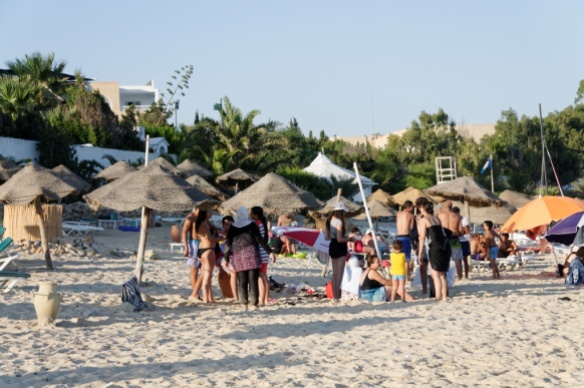

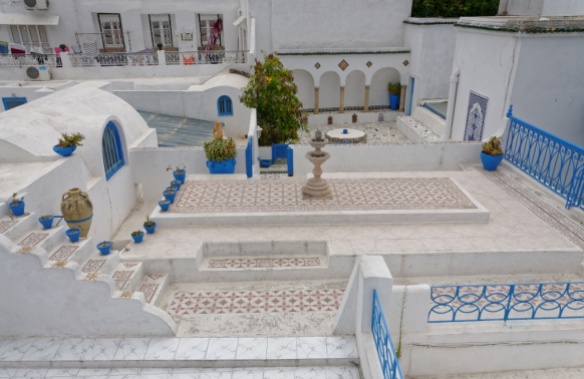
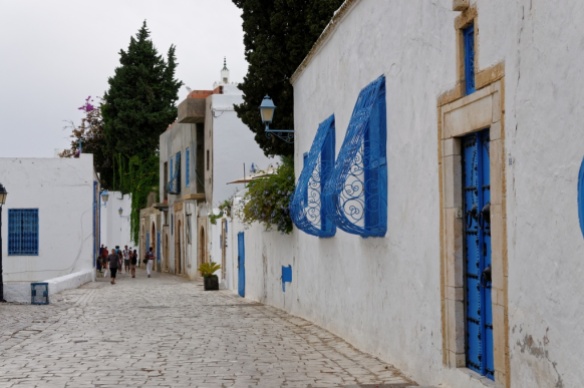
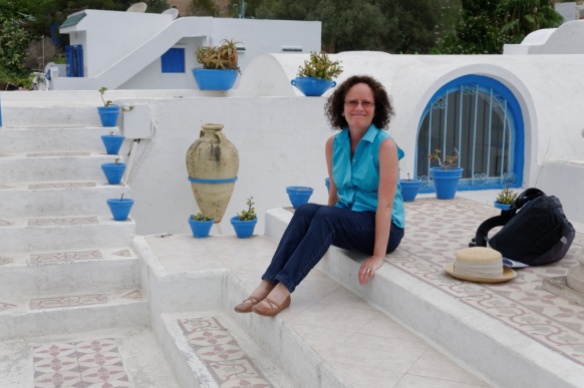


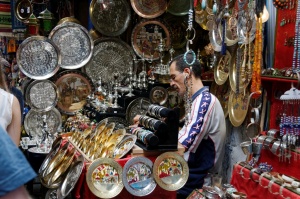
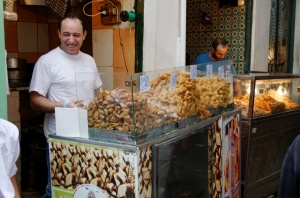
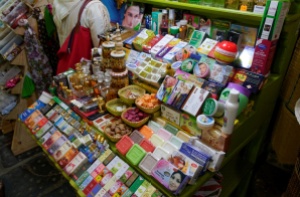












 We tried to see some of the incredible nature, too. My personal highlight was Sarawak on Borneo. We went to the UNESCO global geopark on Langkawi Island and took a bus inland to the tea country of the Cameron Highlands.
We tried to see some of the incredible nature, too. My personal highlight was Sarawak on Borneo. We went to the UNESCO global geopark on Langkawi Island and took a bus inland to the tea country of the Cameron Highlands.



 We explored many of them and I was delighted and calmed by the sweet atmosphere in these roads. The world feels more and more divided. But the Malaysians we talked with are proud of the religious tolerance and multicultural blend that makes up their country.
We explored many of them and I was delighted and calmed by the sweet atmosphere in these roads. The world feels more and more divided. But the Malaysians we talked with are proud of the religious tolerance and multicultural blend that makes up their country.


 And that’s a concept I’ll gladly raise a glass of wine to….
And that’s a concept I’ll gladly raise a glass of wine to…. NOTES: © Jadi Campbell 2019. All photos © Uwe Hartmann. To see more of Uwe’s pics from Malaysia and our trips go to
NOTES: © Jadi Campbell 2019. All photos © Uwe Hartmann. To see more of Uwe’s pics from Malaysia and our trips go to  We heard it before we saw it. Drums, lots of drums…
We heard it before we saw it. Drums, lots of drums…

 What tickles me most about the walls is that once you’re on them, you could be on a wide boulevard anywhere in the world. Except that this is China, and this isn’t a boulevard…. It’s a wide street located on top of Xi’an’s city walls. Travel doesn’t get any better than this.
What tickles me most about the walls is that once you’re on them, you could be on a wide boulevard anywhere in the world. Except that this is China, and this isn’t a boulevard…. It’s a wide street located on top of Xi’an’s city walls. Travel doesn’t get any better than this.

















 A bold boast, but true. For starters, it contains the world’s largest Romanesque crypt. The crypt has been described as ‘the most sublime monument on German ground.” [1] Speyer is the last resting place of both kings and emperors. The Pope had to crown a king (always men, natch) for him to be officially titled Holy Roman Emperor. Depending on political conditions, the Pope might – or might not – name the ruler “Imperator Romanum”.
A bold boast, but true. For starters, it contains the world’s largest Romanesque crypt. The crypt has been described as ‘the most sublime monument on German ground.” [1] Speyer is the last resting place of both kings and emperors. The Pope had to crown a king (always men, natch) for him to be officially titled Holy Roman Emperor. Depending on political conditions, the Pope might – or might not – name the ruler “Imperator Romanum”.

